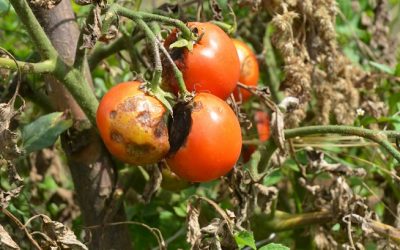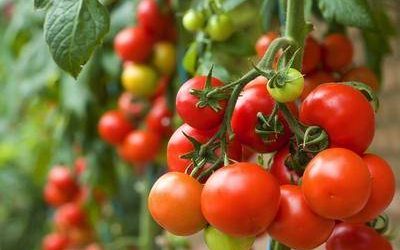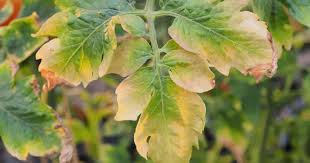
Pruning is one of the most important farming practices mainly for indeterminate tomato varieties. It provides several advantages.
First of all, pruning enables farmers to monitor and balance the vegetation and fruit set of plants.
Furthermore, pruning facilitates aeration, that prevents infections. Moreover, harvesting, as well as other farming techniques (spraying of chemicals) becomes much easier.
In general, unpruned tomato plants stop producing sufficient amounts of fruits after a given time. We need to understand that not all tomatoes need the same pruning.
Generally, we have two main tomato types, determinate and indeterminate.
Indeterminate varieties need heavier pruning than determinate varieties, in order to grow properly.
A common pruning technique includes the removal of the outer stems leaving only the central vein to grow. This way, the plant becomes single-veined and expands only vertically.
Another technique is the dead-heading of the plant during the early stages of its development, followed by the removal of peripheral stems except for 2-4. Thus, the plant develops 2-4 main stems.
Most producers also apply thinning. They remove the stems that grow between the vein and the foliage. It is crucial to try not to cut the stem too close to the vein.
Instead, you can consider leaving a 4 cm distance to avoid infections. For outdoor tomato farming, there are several varieties that have limited growth and do not need pruning.


